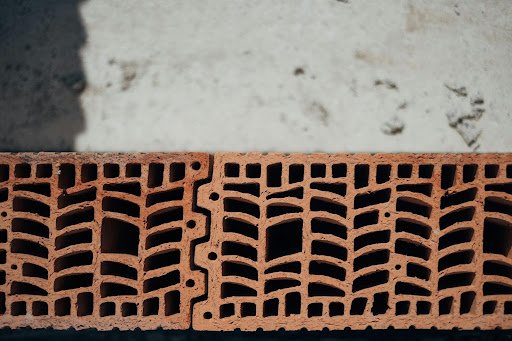Since they provide the basis for structural integrity and lifetime, proper site evaluation and preparation are essential for effective retention wall installation. Identifying any dangers threatening stability depends on thoroughly evaluating the site, including soil characteristics, drainage patterns, and current vegetation. Using suitable materials and design improves the wall’s performance even more, guaranteeing it satisfies aesthetic and practical requirements. Using optimal building techniques and continuous maintenance plans can increase the wall’s lifetime and help it remain visually appealing over time. Emphasising the need for careful design and execution, this article explores the main components of building a strong and appealing retaining wall.
Proper site evaluation and preparation
Effective installation of concrete retaining walls depends on a comprehensive site evaluation. This includes examining soil conditions, drainage patterns, and current vegetation and spotting any possible risks, such as surrounding buildings or trees, that can compromise stability. Clearing the area of trash and guaranteeing a level foundation to prevent problems like erosion or wall collapse also constitute part of proper preparation. Speaking with a skilled landscape architect or engineer will provide insightful analysis and guarantee the wall satisfies the particular needs of the location.
Selection of materials and design considerations
The lifetime and efficacy of a retaining wall depend critically on the materials and design chosen. Different architectural and aesthetic advantages abound from concrete, stone, and lumber, which enables a customised approach suited for the particular wall’s use and surroundings. Furthermore, elements such as load-bearing capacity, drainage systems, and possible weathering impact are considered. Furthermore, the design should complement the surroundings so that the wall not only fulfils its practical purpose but also improves the whole visual attractiveness of the space. Dealing with seasoned experts helps one make wise judgements that strike a mix between utility and beauty.
Construction techniques and best practices
The longevity and usefulness of a retaining wall depend on using suitable building methods. This covers methodically layering materials, successfully compacting ground, and guaranteeing correct alignment and level around the construction. Enough drainage systems, like weep holes or perforated pipes, should be combined to prevent water from building up behind the wall, preventing possible failure and raising pressure. Furthermore, frequent inspections during the building process can help spot and fix any problems early on, thereby ensuring a strong and dependable construction that satisfies its intended use.
Maintenance and longevity of retaining walls
Regular maintenance is necessary to maintain the long-term performance of retaining walls. Periodic inspections to find wear indicators, such as cracks, bulging, or drainage difficulties, can point to underlying concerns requiring attention to help discover such problems. Removing trash and plants from the surface of the wall and drainage systems can help avoid erosion and moisture development. Applying protective coatings or treatments also helps the material withstand weathering and increases its lifetime. Property owners can protect their investment and preserve the retaining wall’s structural integrity and visual attractiveness over time by aggressively controlling these factors.
Conclusion
Retaining walls’ successful installation and lifetime depend ultimately on careful site evaluation, careful material selection, and adherence to best building standards. Property owners can ensure their retaining walls serve their practical needs and improve the surrounding environment by carefully evaluating soil and drainage conditions as a top priority, working with qualified experts, and applying sensible maintenance plans to top importance. Over time, careful monitoring of potential issues and regular upkeep will protect the investment and keep these important parts’ structural integrity and good looks.
Image attributed to Unsplash.com
